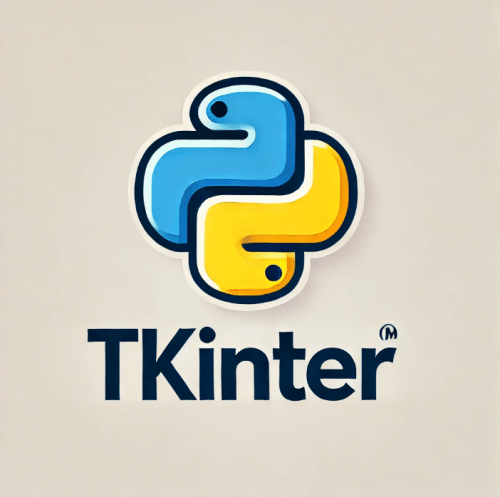52. The anatomy of a Flask app
3/7/2025
I’ve been learning and building a lot of Flask based applications recently.
I find it fun and rather simple now - after several failures and numerous steps back for double checking.
Even though now I am able to write the “template” for a basic web application and see it on the web, I still want to write down some of the things, so that I can really remember.
I’ll be asking myself some questions and then provide the answer 🙂
What is Flask?
Oh, well thank you for asking! Hehe.
Flask is a web framework for Python that is flexible and easy to learn.
What is the role of (__name__) and (__main__) ?
When building the web app with Flask, we need to first import it, then initialize it
app = Flask(__name__)
This helps Flask to determine the root path of the application and to locate the templates and the static files. The templates are the HTML files, while the static is the
Then to start the dev server, we need to write this line :
if __name__ == “__main__”:
app.run(debug=True)
This ensures that the app is running when the script is executed directly, not when it’s imported into another module.
What does @app.route("/") do?
It’s a good thing that I learned about decorators in a previous session so I kind of know what @app.route("/") does. I am learning that .route() is a method that is registering a URL pattern with a function( which follows the decorator) that will be called when the URL is accessed in the browser.
This function returns the content (HTML, JSON or a simple string) for the URL.
What about “url_for()”, what does it do ?
It turns out, in a Flask application the url_for() can generate dynamic URLs based on the name of those functions mentioned above, for specific routes. url_for() can also take additional arguments to build the URL.
I used it mostly together with redirect as in:
@app.route("/")
def go_to_home():
return redirect(url_for('home'))
What is the role of the Templates and Static folders?
These folders are important for organizing all the components, also Flask has built-in support for serving files from those folders and is looking for them in those folders.
Also, Flask is using Jinja as its templating engine, which allows you to embed Python expressions in HTML. By passing data to those templates (via the routes) we can display dynamic HTML and make the site more dynamic.
We need to use the render_template() function to render a template.
The static folder is used to store the stylesheets and images and javascript. To serve the stylesheet I used : <link rel="stylesheet" href="{{ url_for('static', filename='styles.css') }}">
How does Flask handle CRUD operations?
The part that made the applications more interesting was the possibility of changing data from the database. I’ll write about the database in a future post - this is still very new for me. Now, let’s talk about CRUD operations.
We need to use the routes mentioned above, to map HTTP requests to appropriate functions that perform the respective database operations.
@app.route("/add", methods=["GET", "POST"])
These operations often happen together with forms and API calls.
APIs are another wonderland that I am yet to explore, but for now I’m just amazed at the diversity and all the possibilities. I mean, who is creating all these possibilities?
I remain in awe of the mighty Internet and the web of knowledge embedded in those wires.
You can check my projects in my Porfolio 💼






